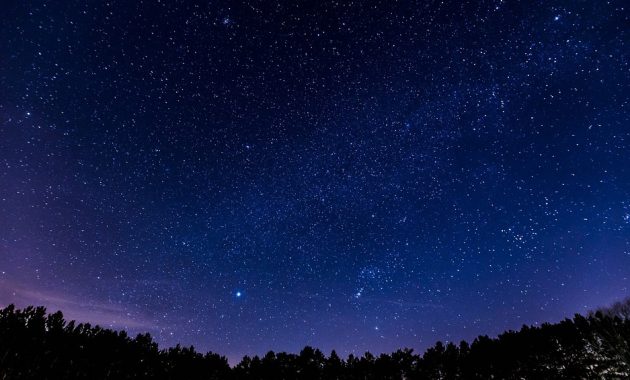To begin, I advise you to buy a small bezel 60 mm or 80 mm in diameter and 500 to 900 mm focal length. You can also use a spotting scope, but in general its focal length is quite short and it is quite expensive. It is especially intended for the observation of nature.
The largest or the most powerful astronomical glasses use 3 or 4 different lenses to give a better image. Unfortunately, at equal diameter, they are much more expensive than telescopes and very few amateurs can afford them. You will have to limit your desires and choose a smaller diameter, according to your budget.
Finally there is the telescope. The simplest model is the one invented by Newton 400 years ago, shortly after Galileo’s telescope. This instrument consists of a concave main mirror that reflects light to a second plane mirror at the top of the aperture and reflects it to the eyepiece on the side of the tube. You can observe standing with the eyepiece at eye level. Some models are no more expensive than astronomical glasses but at equal diameter, the glasses always gives a smaller and clearer image than the telescope.
There are other types of telescopes, such as the famous Schmidt-Cassegrain or Maksutov-Cassegrain that allows you to observe the sky in the extension of the telescope, a hole having been drilled in the primary mirror to place the eyepiece. The main consumer brands are Celestron, Intes-Micro, Kepler, Meade, Orion, Perl, Sky-Watcher and Vixen.
Should you buy a telescope or a telescope? The two instruments are equivalent but fans usually choose a telescope because beyond 100 mm in diameter, an astronomical telescope is very expensive, sometimes 5 times the price of a telescope with the same diameter!
If you are under 12, a 60 to 80 mm diameter bezel is a good buy. It already allows to observe the Moon, the stars and the main planets. If you are older you can buy a Newton telescope from 110 to 150 mm in diameter equipped with an equatorial mount. For a sometimes lower price you can also buy a small Dobsonian (it looks like Newton’s telescope) from 150 to 200 mm in diameter.

However, I advise you to wait a few years before investing in a telescope of more than 100 mm diameter or in a telescope of 200 mm and more, just to see if in 5 or 10 years you are still passionate about astronomy. These larger diameter models are also much more expensive and are more bulky than entry-level models because they are often of better quality, equipped with accessories -especially for astrophotography- and a guidance system automatic. These instruments are also quite large (2 meters) and heavy (more than 30 kg) and are more suitable for adults.
Finally, you need eyepieces to achieve magnification and enlarge the image formed by the lens. Buy three eyepieces. At least one long-eyed eyepiece for viewing large star fields (eyepieces with 32, 40 or 50 mm focal length) and a short focal eyepiece between 8 and 6 mm. It will allow you to grow between 90 and 150x depending on the focal length. You can also purchase an eyepiece with focal length, between 25 and 10 mm focal length. The main thing is to have three eyepieces with a progressive magnification while remaining bright and offering a fairly large apparent field (between 50 and 70° or more). You can also replace an eyepiece with a Barlow lens but you risk exceeding the maximum practical magnification. Thus equipped, you will be able to preserve these oculars all the life if you take care of it.
In theory, it is said that an eyepiece should never grow more than 2x the diameter of the lens expressed in millimeters, or 120x for a 60 mm telescope, regardless of the focal length. If you use a higher magnification, the image will become very dark and you will not see more details because of the low contrast of most objects in the sky. There is even a good chance that you will come back to the eyepiece which magnifies 1.5x the diameter of the lens expressed in millimeters, ie 90x which corresponds to the eyepiece of 6 mm for a 60 mm telescope f/9 (540 mm focal length). Avoid commercials that wind 400x magnifications for a 60 mm telescope! It’s a scam and this salesman knows nothing about astronomy. Instead, consult a specialist who only sells astronomical material.

???
dslda
fd
pls let me go man
bruh
a
Ok thanks for the movie
Thanks
Thanks for the movie
Thanks